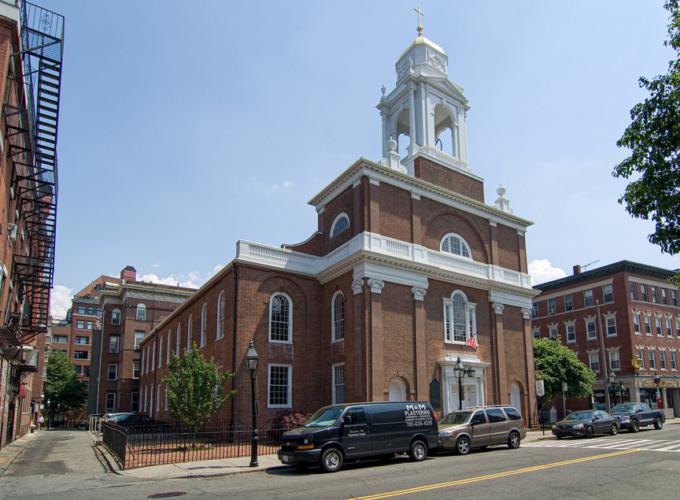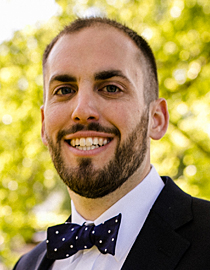
Culture

... Bishop Fitzpatrick announced that efforts would be made to provide a new church for Boston's Catholics, but it would not simply be another parish church, it would be a free church without pew rents.

Lester
By the end of 1842, it became apparent to Bishop John Fitzpatrick of Boston that, although four of the diocese's 25 Catholic churches existed in the city proper, they were still not enough to serve a rapidly increasing Catholic population.
While space, in general, was a concern, it was not his only consideration in determining where and what type of church to establish in this instance. At the time, an individual could pay a pew rent which, in return for providing regular financial support for a church, provided them with a reserved seat or seats for their use at all services.
Bishop Fitzpatrick was concerned that many newly arriving Catholic immigrants could not afford pew rent, and while those without a reserved pew could fill any vacant seat, there were not enough to meet the demand. Furthermore, many did not have the means to contribute to their local church and simply avoided attending services altogether.
On Sunday, Nov. 20, 1842, Bishop Fitzpatrick announced that efforts would be made to provide a new church for Boston's Catholics, but it would not simply be another parish church, it would be a free church without pew rents. He directed Father John B. McMahon to start raising funds for the new church and, in the meantime, to outfit the basement of St. Mary Church on Endicott Street as a chapel that would fill this role.
Not much is known about Father McMahon, but he was born, studied for the priesthood, and was ordained in Ireland before arriving in Boston on July 5, 1840. He was assigned to the mission based in Eastport, Maine, before being recalled to Boston for this new assignment. Bishop Fitzpatrick noted in his journal that many newly arriving immigrants could speak only Gaelic, and Father McMahon, who could as well, was often called upon to hear their confessions.
During this early period of Irish immigration, many new arrivals settled in the North End of Boston, and since St. Mary already existed in that neighborhood, it was deemed the best place for the new free church. On Jan. 9, 1843, Bishop Fenwick and Father McMahon viewed a lot that was for sale on Moon Street, and when they returned two days later, the bishop stated that it "has the advantage of having a large building 42 by 60 erected for a store on it which may easily be converted into a church. The building is solidly constructed and is proof against fire."
The price of the lot and building was $8,000, Bishop Fitzpatrick approved its purchase, and the sale was finalized on Jan. 17. Although the building was suitable for a church, there was still work to be done to prepare it as a worship space, including outfitting it with an altar, organ, choir-gallery, and pews, all of which, it was hoped, would be done in time to dedicate the church on St. Patrick's Day. Unfortunately, while there is evidence of the intended date of dedication and that the church was used for worship in 1843, there is nothing by which to verify the dedication took place on March 17.
Despite being free to attend, the new St. John the Baptist Church seems to have been well-supported, and there are references to a free school later in 1843. And in September of that year, a renovation of the church basement and the construction of a rectory were both well underway. Adjoining land had also been purchased with the intention of expanding the church the following year.
St. John the Baptist had a relatively short life span. In the fall of 1862, less than 20 years after it was established, Bishop Fitzpatrick purchased the nearby New North Church. In early December, it was rededicated to St. Stephen and designated a free church, replacing St. John the Baptist, which was then closed.
It is worth noting the St. John the Baptist on Moon Street, established in 1843, was different than that of North Bennet Street, established in 1873 for the city's Portuguese-speaking Catholics, which this column has discussed previously.
- Thomas Lester is the archivist of the Archdiocese of Boston.
Recent articles in the Culture & Events section
-
What is truth?Michael Reardon
-
The 75th anniversary of St. Ignatius of Loyola Church, Chestnut HillThomas Lester
-
The most important prayer you already knowLaura Kelly Fanucci
-
Two years after DobbsRussell Shaw
-
Scripture Reflection for July 21, 2024, Sixteenth Sunday in Ordinary TimeDeacon Greg Kandra





